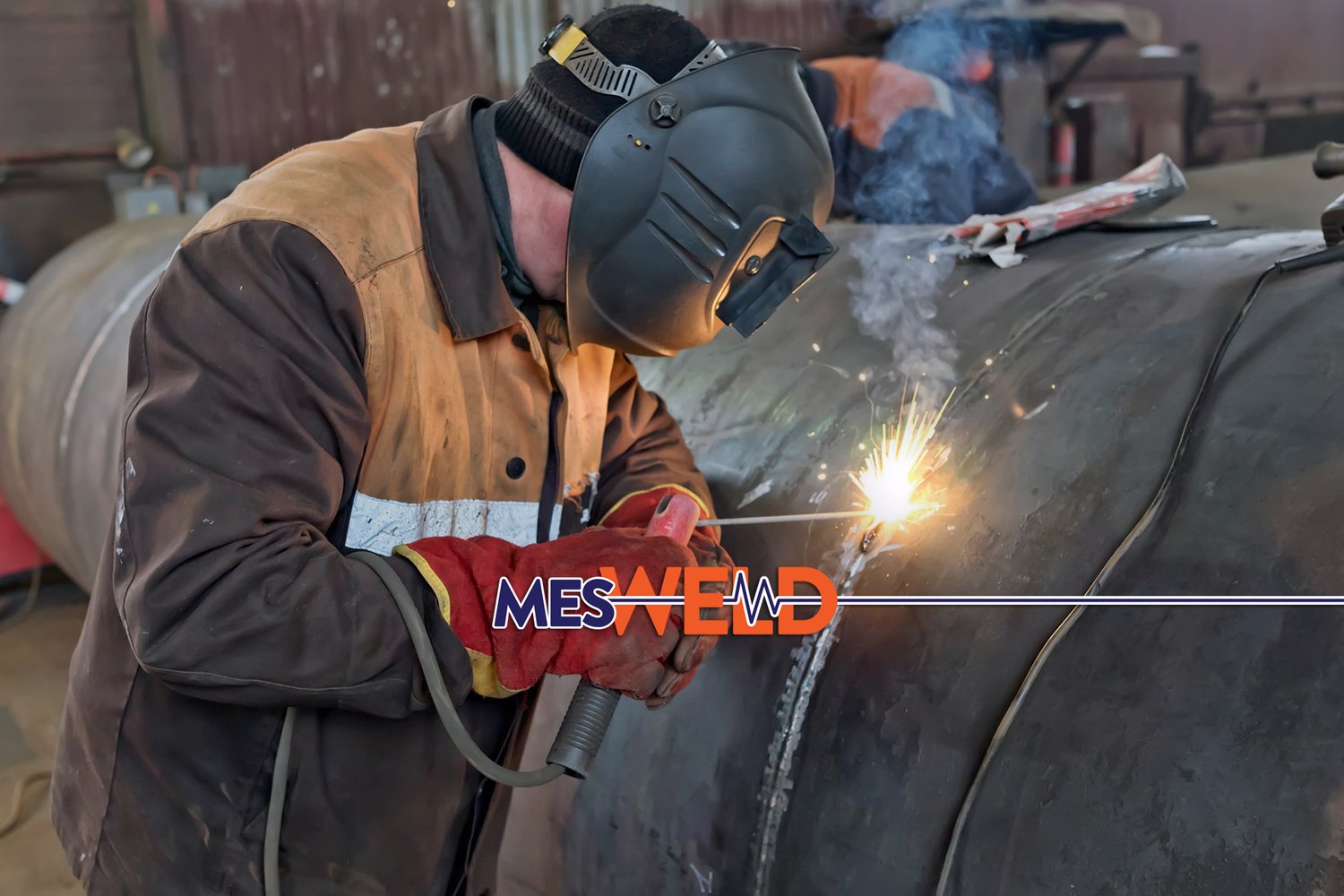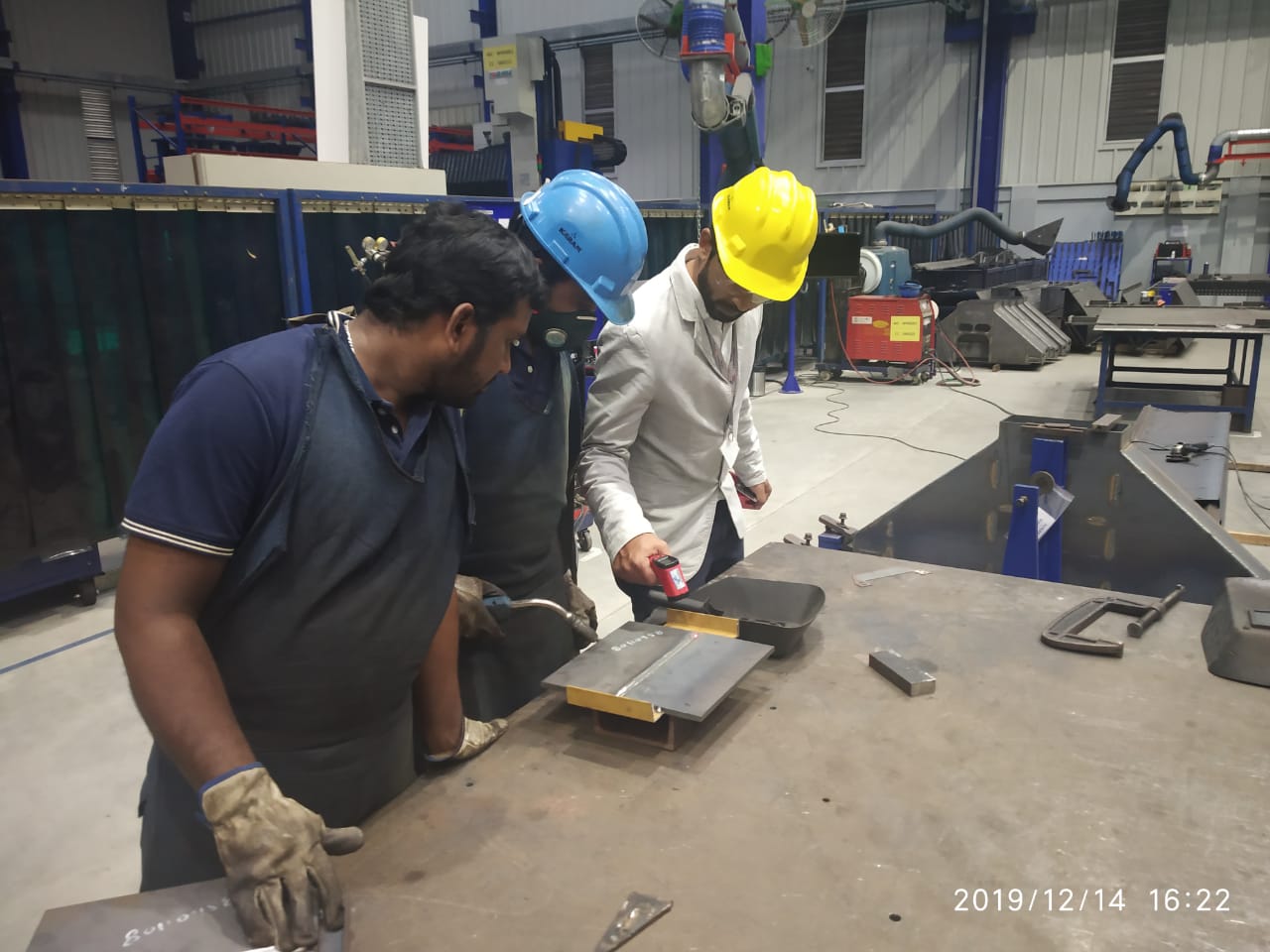A Detailed List for Effective Welding Examination Practices
In the world of welding, the honesty of frameworks is extremely important, demanding a rigorous approach to inspection practices. An extensive checklist functions as a crucial device in making sure adherence to market requirements, including vital pre-welding, in-process, and post-welding examinations. By systematically resolving product verification, weld quality, and detailed documents, companies can substantially improve security and performance. What particular elements should be focused on in each phase to achieve optimal outcomes? Exploring these crucial parts can produce insights that greatly influence welding procedures.
Comprehending Welding Standards
Welding criteria play an important role in making sure the high quality and safety of bonded components and frameworks. These standards establish the criteria for products, treatments, screening, and assessment, thereby supplying a structure for constant quality control in welding procedures. Various companies, consisting of the American Welding Society (AWS), the International Company for Standardization (ISO), and the American Society of Mechanical Engineers (ASME), have actually created extensive requirements that control various aspects of welding.
Understanding welding standards is important for professionals in the area, as adherence to these guidelines lessens the threat of issues and failures in bonded joints. These standards cover particular requirements for weld top quality, consisting of acceptable tolerances, the sort of welding strategies to be made use of, and the qualifications required for assessors and welders.

Pre-Welding Examination Actions
Before any type of welding process starts, a thorough pre-welding assessment is necessary to determine prospective issues that might compromise the high quality of the weld. This preliminary action offers as a crucial structure for making sure compliance with appropriate welding codes and requirements.
The very first step in the pre-welding examination is to confirm the products being made use of. This includes checking for the right type and quality of steels as defined in the job documentation. Next, it is important to examine the fit-up of the elements to make certain appropriate placement and joint configuration. Imbalance can cause inadequate infiltration and architectural weaknesses.
Furthermore, assessing the cleanliness of the surfaces is important; pollutants such as rust, paint, or oil can detrimentally impact the high quality of the weld. Following this, a comprehensive evaluation of the welding equipment must be performed, making certain that it is calibrated and in excellent working condition.
Lastly, evaluating the qualifications of the welding workers is critical. Welders need to have the needed certifications and experience to perform the details welds required for the task. By sticking to these pre-welding evaluation steps, the chance of issues and failings in the final weld can be dramatically reduced.

In-Process Assessment Methods
In-process examination methods play an essential function in making certain the integrity and high quality of welds as they are being implemented. These techniques allow inspectors to identify defects or inconsistencies from requirements in real time, thus ensuring and protecting against expensive fixings adherence to style requirements.
One secret method includes visual examination, where assessors analyze the weld bead for uniformity, infiltration, and proper profile. This can be enhanced by the usage of assesses to measure weld dimensions, making certain conformity with established tolerances. In addition, the execution of non-destructive testing (NDT) methods, such as ultrasonic screening or magnetic bit testing, throughout the welding procedure can expose subsurface flaws that may not show up on the surface.
Another important aspect is keeping an eye on welding criteria, including voltage, amperage, and take a trip rate. Consistency in these criteria is important for achieving optimum weld quality. Recording these parameters during the welding operation supplies a deducible record for future referral.
Educating workers in correct evaluation methods and using appropriate tools boosts the effectiveness of in-process inspections. By integrating these techniques, companies can attain greater top quality welds, reduce rework, and ultimately guarantee the security and reliability of bonded frameworks.
Post-Welding Top Quality Checks
Following the completion of welding procedures, post-welding high quality checks are crucial to confirm that the try this welds satisfy all defined demands and requirements. These checks are crucial for ensuring the integrity and toughness of the bonded joints. The examination process typically begins with a visual evaluation, examining for surface area issues such as splits, porosity, or insufficient combination.
Consequently, non-destructive screening (NDT) methods, such as ultrasonic testing, radiographic screening, or magnetic particle testing, may be utilized to identify inner imperfections that are not visible to the naked eye. Each method has its special advantages and is chosen based upon the weld's location, material kind, and the nature of the application.
Additionally, validating dimensional accuracy is an essential aspect of post-welding top quality checks. This entails measuring the weld's alignment, size, and profile to ensure compliance with engineering requirements. Evaluating the mechanical residential properties of the weld, including tensile stamina and ductility, can supply additional guarantee of efficiency under functional problems. On the whole, thorough post-welding inspections are important for preserving adherence, efficiency, and security to regulative and market requirements.
Documentation and Reporting
How can effective documentation and reporting boost the welding evaluation procedure? Precise paperwork and thorough reporting are important parts that guarantee the honesty and high quality of welding procedures. Welding Inspection Milwaukee. They serve as a formal record of assessment searchings for, assisting in accountability and traceability in compliance with sector standards

A well-structured reporting system enables assessors to clearly communicate any type of inconsistencies, locations, hop over to here or non-conformances requiring enhancement. This transparency cultivates a setting of continuous improvement, as stakeholders can easily examine previous efficiency and apply corrective actions.
Furthermore, efficient paperwork consists of thorough documents such as welding treatment requirements (WPS), welder credentials, and examination checklists. These elements supply a structure for reviewing weld top quality and adherence to developed standards. In the occasion of conflicts or high quality issues, detailed read the article documentation works as a reputable recommendation, decreasing uncertainty and safeguarding all parties entailed.
Last but not least, keeping arranged records assists in training and certifying personnel, making certain that sector finest techniques are promoted. Inevitably, careful paperwork and reporting not only boost the welding examination process but additionally add to the general security and reliability of bonded structures.

Verdict
In conclusion, a comprehensive checklist for effective welding inspection practices is vital for ensuring top quality and safety in bonded structures. Adherence to developed welding requirements, careful pre-welding assessments, extensive in-process examinations, and complete post-welding high quality checks jointly add to the honesty of welded joints.
Welding standards play an essential role in ensuring the top quality and safety and security of welded frameworks and elements. Numerous organizations, including the American Welding Culture (AWS), the International Organization for Standardization (ISO), and the American Society of Mechanical Designers (ASME), have established extensive standards that control different aspects of welding.
Adhering to the completion of welding procedures, post-welding high quality checks are vital to confirm that the welds satisfy all specified needs and requirements - Welding Inspection Milwaukee.In conclusion, a thorough checklist for reliable welding assessment methods is important for ensuring high quality and safety in welded frameworks. Adherence to established welding criteria, precise pre-welding examinations, extensive in-process assessments, and thorough post-welding high quality checks jointly contribute to the honesty of welded joints